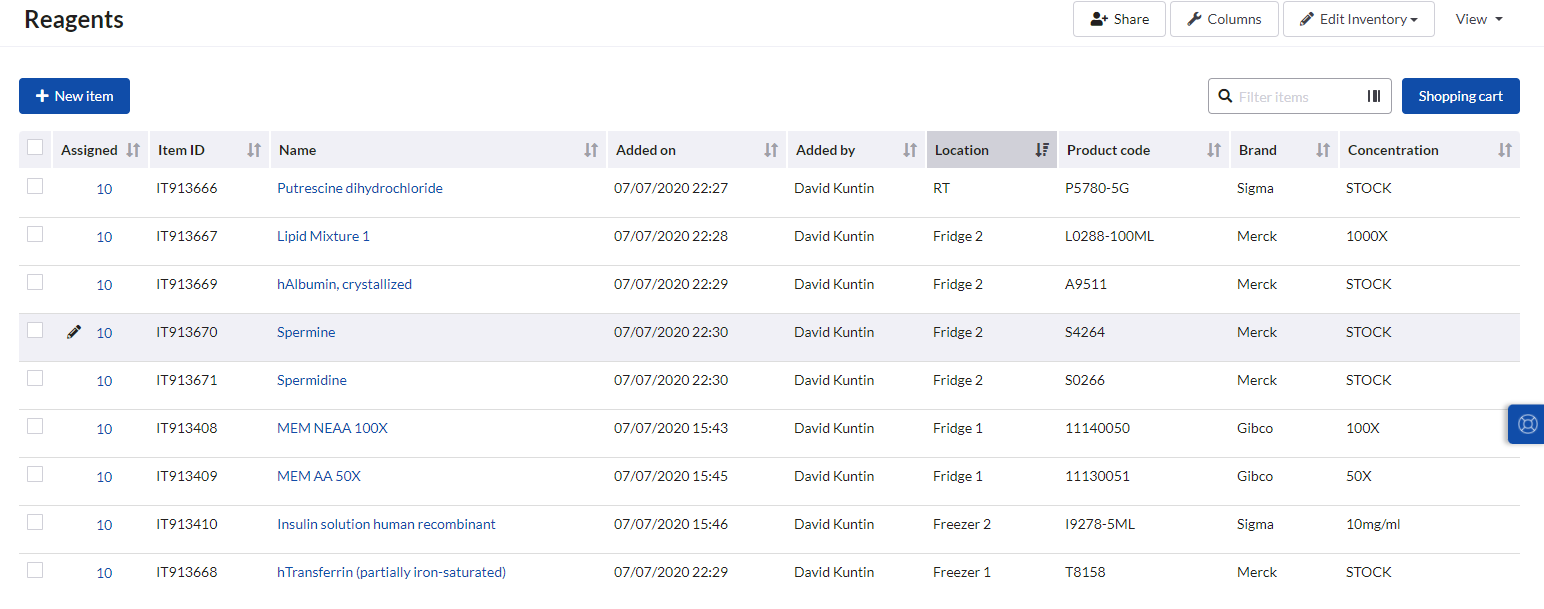Best Practices for working in and maintaining a Wet Lab
You’ll know if you work in a wet lab: you deal with wet things! Essentially, if you are handling liquid samples or working with liquids in general, then you’re working in a wet lab. Usually, these would be biology or chemistry labs, but could also be found in more multidisciplinary or specific fields of study, like material science labs, that tend to intertwine the disciplines of chemistry, physics and sometimes biology, too. Whatever your discipline, it’s important that you know how to safely and productively work in a wet lab. This article offers some best practices to follow in a wet lab.
Understand the peculiarity of working in a wet lab
When it comes to wet labs, a particularly important notion is that everything around you is built to minimise the phenomenon of contamination. (This is when what you are working on is highly susceptible to being tainted by other materials, which could potentially ruin your entire experiment.) This is especially important when you are dealing with innately hazardous materials, be they toxic or biologically hazardous. As with any lab, your specific discipline will inform what you need to be aware of in terms of hazard.
Be familiar with your material safety data sheet
Always remember to read the material safety data sheets (MSDS or SDS) provided with whatever substances you work with, as the substances pose a risk to your personal safety if handled without an awareness of the precautions needed to be taken. (Find an example of an MSDS/SDS here.) The MSDS should inform your process, from storage to disposal. Make sure your lab is set up to handle whatever substance you want to use before you purchase it – or find a safer alternative.
Know the procedure for handling spillage and breakage
Other common hazards include spillages or breakages of glassware. Your lab should have defined procedures for dealing with these, and it’s always a good idea to familiarise yourself with these before tackling a particularly hazardous activity with high chances of either spillages or glass breakages. Again, when dealing with spillages, the MSDS will advise you of how to dispose of the substance.
Maintain the wet lab
Maintaining a wet lab comes down to the primary uses of the lab as well as the equipment you have.
a. Ensure cleanliness
Generally, keeping things tidy and clean is the first step, especially if you work in a biological environment, where there is a high risk of contamination of both yourself and your sample.
b. Follow an inventory system
Wet labs are also notorious for becoming cluttered with chemicals or substances from previous workers. This is a bad habit that unfortunately is all too common. Try to avoid it by implementing an inventory system. This could be as simple as a shared spreadsheet that keeps track of what you have in stock, as well as expiration dates and rough quantities. Not unlike your kitchen pantry, it is very easy to accidentally duplicate purchases or dig out a 10-year-old bottle of something you forgot about.

Example of a wet lab inventory sheet
c. Keep balances calibrated
A very common tool in a wet lab’s arsenal is a set of balances. Make sure these are calibrated, or better yet, have a calibration rota set up or include this in regular services.
d. Ensure technicians are at hand
On the topic or servicing, any equipment that you can’t service yourself should be serviced by licensed technicians. So, make sure contracts for this are in place.
Summary
Working in a wet lab is a potentially dangerous undertaking. Be acutely aware of the hazards so as not to endanger yourself or your colleagues. Be a great team player by being an active part of your lab’s maintenance – you’ll thank yourself for it later.
Read next/second in series: Best Practices for working in and maintaining a Dry Lab
Maximise your publication success with Charlesworth Author Services.
Charlesworth Author Services, a trusted brand supporting the world’s leading academic publishers, institutions and authors since 1928.
To know more about our services, visit: Our Services